A Case Series of Breast Metastases from Different Extramammary Malignancies and Their Literature Review
- PMID: 30729058
- PMCID: PMC6341250
- DOI: 10.1155/2019/9454201
A Case Series of Breast Metastases from Different Extramammary Malignancies and Their Literature Review
Abstract
Metastasis to the breast from all other primary sites is unusual. Twelve patients were diagnosed between 2007 and 2017 at National Cancer Institute, Mexico. Solitary or multiple masses, round or oval, and hypoechoic and solid lesions with posterior acoustic shadowing were patterns commonly reported in these patients; other arrangements include diffuse involvement of the breast simulating an inflammatory carcinoma. The development of a breast metastasis is revealed, in our experience, as a negative prognostic factor. Thus, the radiologist should know about the varied appearance of metastatic breast lesions and provide radiopathological correlations when available.
Figures

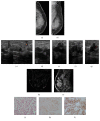
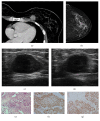

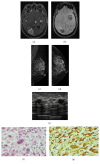
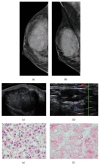

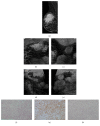
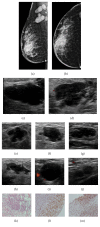

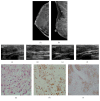
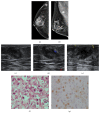
References
-
- Sitzenfrey A. Mammakarzinom zwei jahre nach abdominal radikaloperation wegen doppelseitigen carcinoma ovarii. Prager medizinische Wochenschrift. 1907;32:221–235.
-
- Recine M. A., Deavers M. T., Middleton L. P., Silva E. G., Malpica A. Serous carcinoma of the ovary and peritoneum with metastases to the breast and axillary lymph nodes: a potential pitfall. The American Journal of Surgical Pathology. 2004;28(12):1646–1651. doi: 10.1097/00000478-200412000-00015. - DOI - PubMed
Publication types
LinkOut - more resources
Full Text Sources

